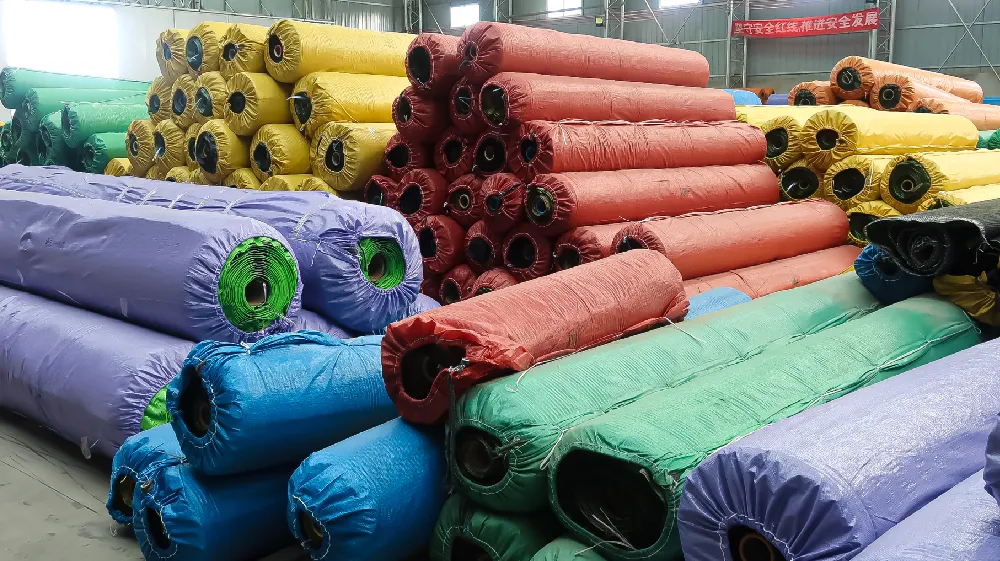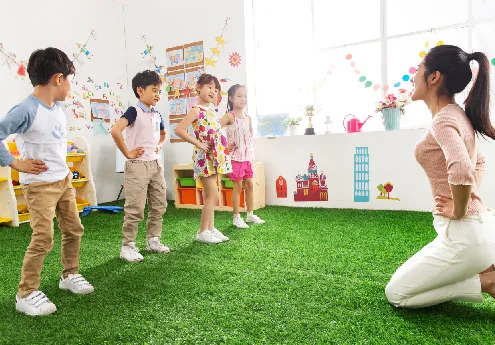Welcome to Hoyarn
Call Us Any Time:+86 19801805999
Email Us: info@hoyarn.cn

- Afrikaans
- Arabic
- Belarusian
- Bengali
- Czech
- Danish
- Dutch
- English
- Esperanto
- Estonian
- Finnish
- French
- German
- Greek
- Hindi
- Hungarian
- Icelandic
- Indonesian
- irish
- Italian
- Japanese
- kazakh
- Rwandese
- Korean
- Kyrgyz
- Lao
- Latin
- Latvian
- Malay
- Mongolian
- Myanmar
- Norwegian
- Persian
- Polish
- Portuguese
- Romanian
- Russian
- Serbian
- Spanish
- Swedish
- Tagalog
- Tajik
- Thai
- Turkish
- Turkmen
- Ukrainian
- Urdu
- Uighur
- Uzbek
- Vietnamese
Artificial Grass for Professional Sports Fields
Feb . 04, 2025 04:53 Back to list
Artificial Grass for Professional Sports Fields
Choosing the right artificial turf for a sports field is crucial for ensuring safety, performance, and durability. As an experienced turf consultant, I've spent years analyzing the nuances of synthetic grass solutions tailored for sports applications. Here, I offer insights into why the right artificial turf can vastly improve the sports experience, drawing from both field expertise and a deep understanding of athletic facility needs.
Expert installation also plays an instrumental role in the turf's long-term success. Proper underlayment preparation, seam quality, and infill distribution ensure that the surface remains level and intact under high usage. Rigorous installation standards mitigate common wear issues such as wrinkling or seam separation, which could otherwise compromise field integrity. When discussing the expertise required for turf selection and installation, it's critical to highlight leading brands and their certifications. Reputable manufacturers adhere to quality benchmarks set by sporting bodies like FIFA or the International Rugby Board. Their certifications are a seal of trustworthiness, assuring that the products meet stringent safety and performance standards necessary for professional and amateur sports alike. Despite the perceived high upfront costs, the long-term benefits of premium artificial turf are undeniable. Reducing maintenance and operational costs while ensuring athlete safety and satisfaction are paramount. Teams and facility managers consistently report higher user engagement and event bookings, translating to a solid return on investment. Investing in the appropriate artificial turf is a decision that combines technical knowledge, expert recommendations, and practical considerations. Those planning a new sports facility or upgrading an existing one should prioritize quality and sustainability, employing experts to guide the process. An informed selection not only elevates the sporting experience but also underscores a commitment to excellence and player welfare. Maintaining a high standard of expertise and authority in decision-making sets the foundation for a successful, enduring sports facility.


Expert installation also plays an instrumental role in the turf's long-term success. Proper underlayment preparation, seam quality, and infill distribution ensure that the surface remains level and intact under high usage. Rigorous installation standards mitigate common wear issues such as wrinkling or seam separation, which could otherwise compromise field integrity. When discussing the expertise required for turf selection and installation, it's critical to highlight leading brands and their certifications. Reputable manufacturers adhere to quality benchmarks set by sporting bodies like FIFA or the International Rugby Board. Their certifications are a seal of trustworthiness, assuring that the products meet stringent safety and performance standards necessary for professional and amateur sports alike. Despite the perceived high upfront costs, the long-term benefits of premium artificial turf are undeniable. Reducing maintenance and operational costs while ensuring athlete safety and satisfaction are paramount. Teams and facility managers consistently report higher user engagement and event bookings, translating to a solid return on investment. Investing in the appropriate artificial turf is a decision that combines technical knowledge, expert recommendations, and practical considerations. Those planning a new sports facility or upgrading an existing one should prioritize quality and sustainability, employing experts to guide the process. An informed selection not only elevates the sporting experience but also underscores a commitment to excellence and player welfare. Maintaining a high standard of expertise and authority in decision-making sets the foundation for a successful, enduring sports facility.
Latest news
-
The Benefits of Artificial Turf for Indoors
NewsJul.15,2025
-
How Artificial Grass Suppliers Ensure Quality Products
NewsJul.15,2025
-
Artificial Grass and Pets: A Space for Relaxation
NewsJul.08,2025
-
Balcony & Outdoor Decoration with Artificial Grass
NewsJul.08,2025
-
Best Indoor Artificial Grass for Home
NewsJul.07,2025
-
Best Pet Turf for Dogs: Safe & Durable Artificial Grass Options
NewsJul.07,2025
Products categories









